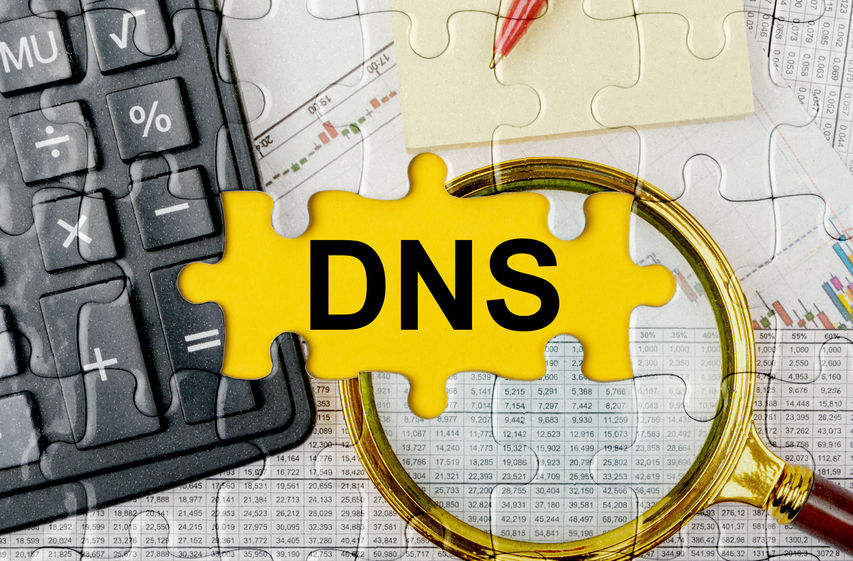When you want to have a server at your home or office, but you are using a typical Internet service provider, you have 2 choices for connectivity – Dynamic DNS or Static IP address.
The Dynamic DNS could automatically change the IP address each time the ISP changes it. The Static IP address will remain the same as long as you pay it. What is better? Dynamic DNS vs Static IP.
What is Dynamic DNS
Dynamic DNS is a simple to use service that allows you, even if your ISP changes your IP address periodically, to host different servers on your computer. You can have a web hosting server, database server, mail server, or use your home network for CCTV cameras with Dynamic DNS. The DDNS will automatically update the host’s IP address, so the clients will get the new IP address automatically.
Why is the ISP changing your IP address? It is just easier to administrate the network. The ISP usually relies on a DHCP server that leases the IP addresses to the customers for a certain amount of time. When that time finishes, they will be given a new one.
That need might disappear when we get to IPv6 only because there are enough IPv6 addresses. Not like the current IPv4 addresses.
The Dynamic DNS is an easy-to-setup solution that is often free and works in almost any scenario.
Static IP address
If you want the easiest possible setup for your home or office server, you can get a static IP address from your ISP. They will provide you with a public static IP address that will stay the same as long as you pay it. Usually, it is just a few dollars per month, but in comparison with the Dynamic DNS, which often is free, it might seem expensive.
If you are thinking about a single device, the price is not a lot, but if you think about multiple devices, the cost might rise too much for your budget.
You can use the Static IP address for all kinds of servers like FTP server, mail server, web hosting, and more.
Dynamic DNS vs Static IP comparison table
| Dynamic DNS | Static IP | |
| Cost | *Free from many DNS providers or from 2 to 10 USD for a paid DNS plan. | Between 5 and 15 USD on most ISPs. |
| IP address | Automatically updates after a change. One of the IP addresses that you get might be on a blacklist and could be a problem for hosting a mail server. | Static IP address (always the same). Usually, the IP addresses are ok to be used for mail servers too. |
| Can you use it for a home or office server? | Yes, you can be used to host different servers like mail servers, web hosting, etc. | Yes, you can be used to host different servers like mail servers, web hosting, etc. |
| Setting up process | Take a few steps. You need to set up the router for Dynamic DNS. | Put the IP address, and that’s it. |
| Security | Save to use, changes IP address over the time. You can hide the IP address. | Save, but if your host always has the same IP address, this could be a point for a cyber attack. You can hide the IP address too. |
Which should you use?
You can use both Static IP addresses or set up a Dynamic DNS and have the same result. If you are focused on saving money, and you don’t mind the everchanging IP address, go for the Dynamic DNS. If you want to be sure that the IP address won’t change and that the IP address that the ISP gave you is not on a blacklist, go for the static IP address.


